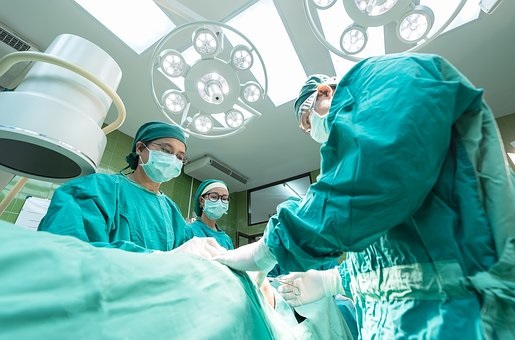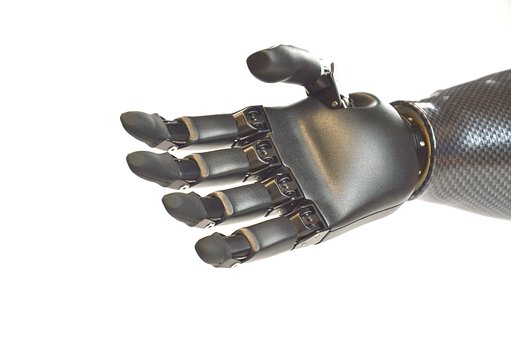Why tactile sensing?
The characterization of soft materials, including biological tissues, has become first priority of researchers in the field of materials, biomedical, biomechanics, robotics, etc, because of the behavior complications of these materials due to nonlinearities and time dependency. Moreover, the increasing demand for interaction between these materials and nonhuman manipulators has required efficient systems to characterize materials in the same manner of human touch.
In addition, diagnostic of diseases based on physical properties of tissues has been tried and failed due to lack of an efficient characterization system. Detecting lumps, tumor and studying any other disorders which affect mechanical properties of tissues require a robust system for providing the possibility of their studies. To this end, the desired system not only should have the capability of touch sense of human but should be more accurate and versatile to prepare the information that human touch is incapable to provide.
Tactile sensing applications
Most Demanded Applications

The tactile sensing system integrated with surgical tools empower surgeons to feel tissues better they feel with their hand.

Prosthetic hands equipped with tactile sensing system provide real sensing as as a hand feels.

Robots will be able to feel soft objects, test them and manipulate them with no risk of harm.
